The artist was trained more formally in her years of art education but would produce sketches which turned away from those more traditional styles. It was therefore clear fairly early on that she would eventually work within a fairly modern artistic style, though the precise nature of it was yet to be known. The charcoal sketches which have become a famous body of work were symbolic of her attention to asbtract forms, and these immediately took the attention of Alfred Stieglitz, who was more than happy to put them on display within his gallery. The drawings were carefully crafted and intended as presentable artworks, rather than preparatory sketches as so many items within this medium have been. The simple arrangements of shapes and lines has a nature-like atmosphere, though without anything that can be directly identified due to its abstract nature. Perhaps they are most similar to her oversized flower portraits, in which individual elements of a plant are focused on, with the overall shape and context deliberately left aside.
Besides the presentable artworks, there were also many charcoal sketches that helped the artist to prepare for a later painting. You will discover all of her main genres featured as early drawings, including large-scale flowers, animal bones plus landscapes and cityscapes. She would, however, normally focus on the simpler compositions for her drawings such as single still life objects which could be sketched fairly quickly and work well with just a variation in charcoal tone. Her extraordinary success and worldwide fame have placed her as one of the most famous female artists of all time and in view of this fact, her drawings are now in great demand, regularly achieving large sums at auction. Many of the drawings featured below, coming from a wide selection that covers the entire breadth of her career, have actually been auctioned off in recent years, with valuations and prices realised reaching tens of thousands of dollars in most cases. With a greater diversity in artists within the media today, the likes of O'Keeffe receive even more exposure than previously was the case, further increasing the value of their artworks.
Early Charcoal Drawings
O'Keeffe would become most famous for her oil and watercolour works but her early success was achieved mainly in the medium of charcoal. Those knowledgeable on such things could quickly identify her potential and encouraged the artist to continue, whilst also celebrating the arrival of a strong female artist which many felt was long overdue within the industry. Her approach was particularly abstract at this stage, with this prickly personality seeking to express her inner feelings on paper. It would, however, be the addition of bright colours that would ultimately attract the general public to her oeuvre, particularly with her landscape scenes and flower depictions. Her career was entirely unique and took on several key developments over its extended stretch. She also became involved in other areas such as ceramics and photography, though the drawing skills which she developed from an early age would always serve as a basis for most of her work. Some have suggested that the abstract drawings were actually a rejection of her more formal training techniques which she wanted to move away from fairly soon after graduating.
Exhibited at Alfred Stieglitz's Gallery 291 in 1916
A key moment in the artist's career would clearly be the acceptance of her drawings for display at Alfred Stieglitz's Gallery 291 in the mid-1910s. Her progression was not a smooth or linear path, and she would have times of reflection and recovery where very little art was produced. However, her talent was never in doubt and slowly over time she built up a list of patrons who were very interested in her work. O'Keeffe would also find connections within the art industry that brought new ideas into her own work, with Alfred Stieglitz bringing photography to her attention. She would, of course later model for him, as well as taking her own photographs of the stunning regions around her homes. Without her initial charcoal drawings, who knows if she would have have been spotted, and this incredible talent may have been lost to the world, perhaps with her continuing as an art teacher instead. Thankfully, fate provided her with the opportunities that her abilities deserved and today we continue to celebrate all of the various aspects of her long and distinguished career, alongside some of the turbulent episodes in her personal life.
Other Mediums in which Georgia O'Keeffe Worked
Besides the charcoal work, much of which helped the artist to achieve initial successes at the start of her career, she would also take in a variety of other mediums too. Her watercolours are covered within the paintings section, and there was also a number of pastel pieces too. She additionally liked to make use of standard artist pencils for practicing her still life skills and would depict items that she found lying around in and around her house. She helped to promote parts of the US that had normally been ignored by artists, though she would also capture famous cities within her grey-dominant cityscapes. Some actually prefer those most out of her entire oeuvre, though for most it is her abstract flower artworks which retain the most appeal. Her legacy was considerable, helping more female artists to gain traction within the male-dominated art world, as well as encouraging interest from the public in more modern artistic styles. She would focus on genres that others had not covered, and also did so in a unique manner which has helped her career to remain prominent even today. Some of her more famous drawings are listed below, with each artwork joined by descriptions about the individual pieces, though it is likely that many more existed and have since been lost or damaged, such is the fragile nature of anything produced on paper.
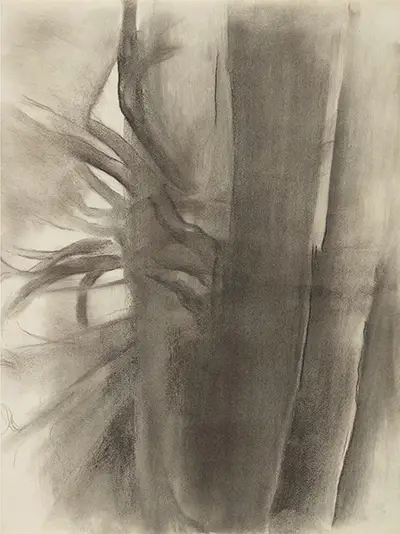
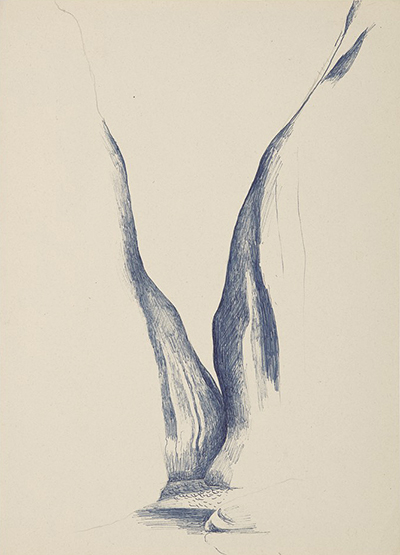
 Georgia O'Keeffe.jpg)
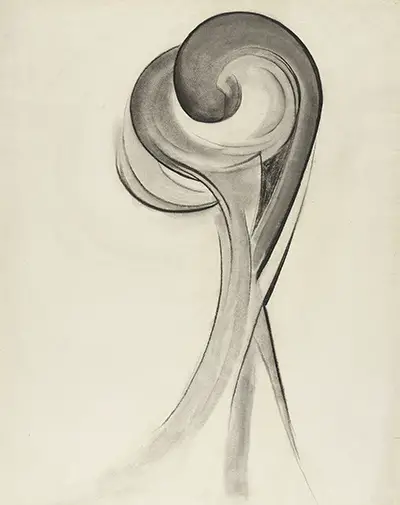
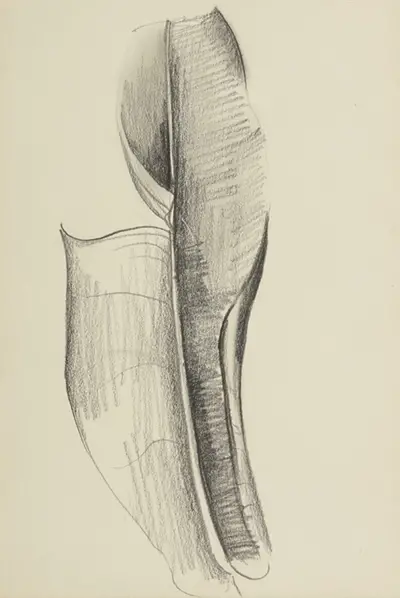
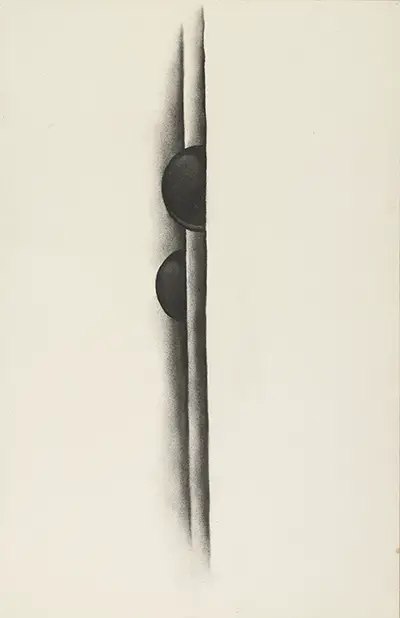
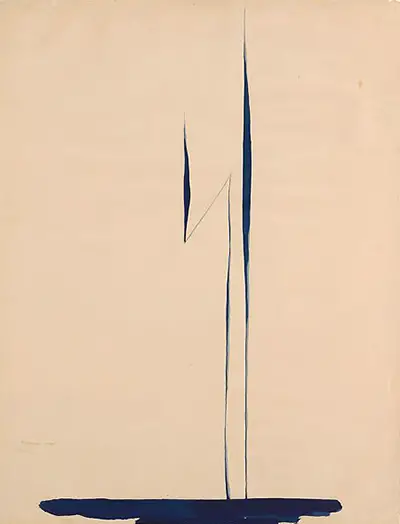
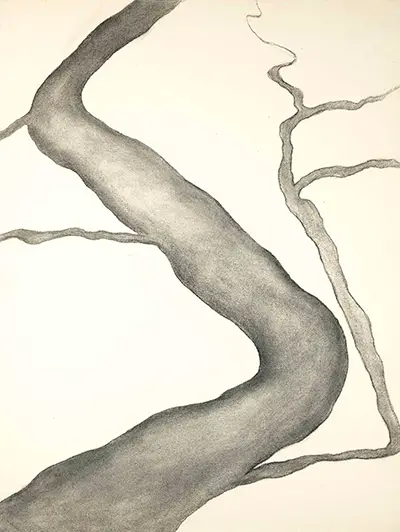
 Georgia O'Keeffe.jpg)
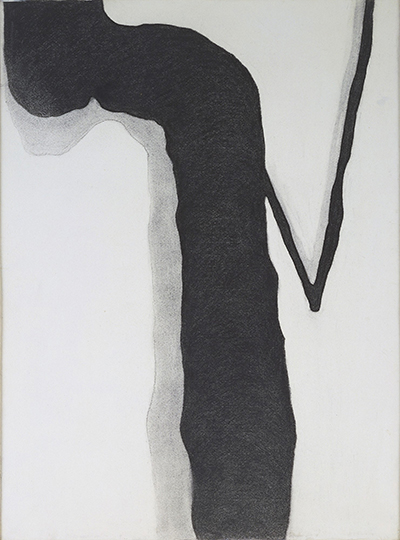
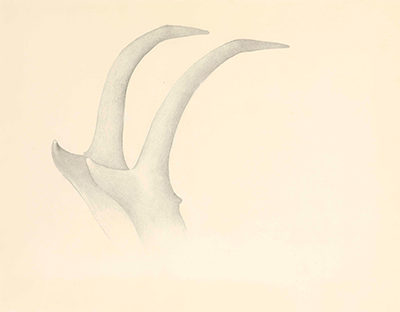
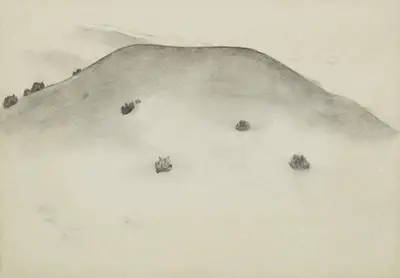
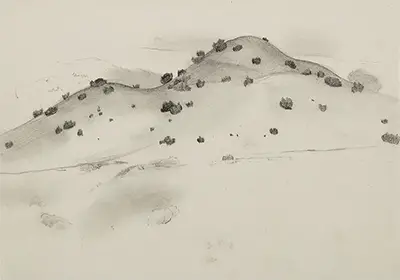
 Georgia O'Keeffe.jpg)
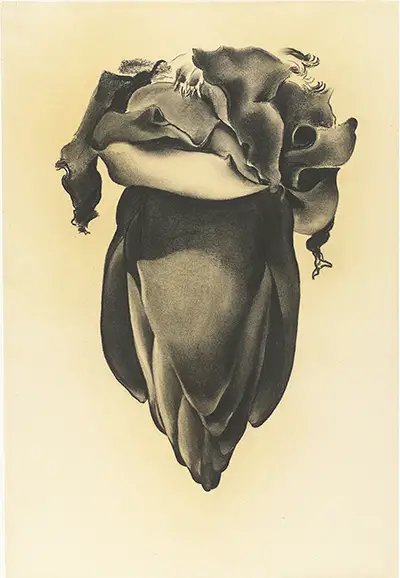
 Georgia O'Keeffe.jpg)
 Georgia O'Keeffe.jpg)
 Georgia O'Keeffe.jpg)
 Georgia O'Keeffe.jpg)
 Georgia O'Keeffe.jpg)
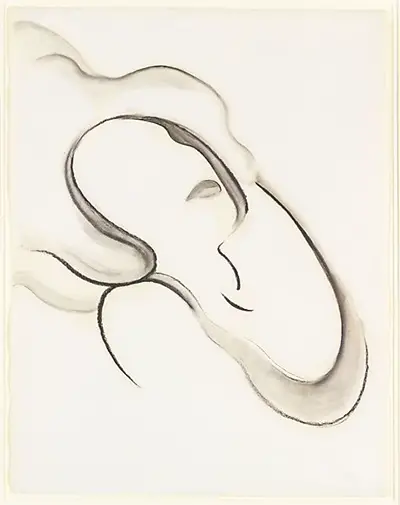
 Georgia O'Keeffe.jpg)
 1976 Georgia O'Keeffe.jpg)
 Georgia O'Keeffe.jpg)
 Georgia O'Keeffe.jpg)
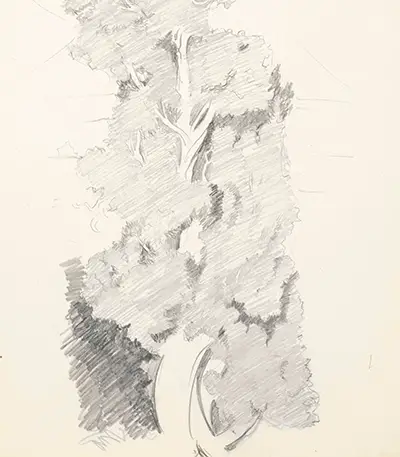
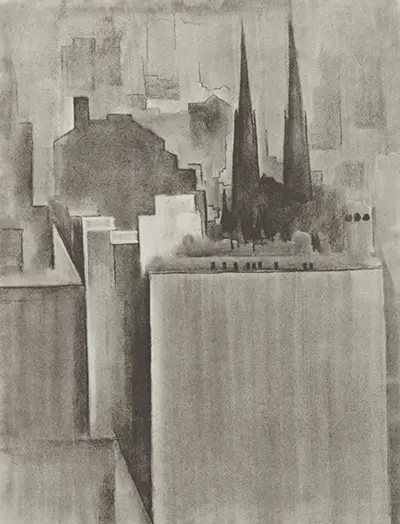
 Georgia O'Keeffe.jpg)
 Georgia O'Keeffe.jpg)
 Georgia O'Keeffe.jpg)
 Georgia O'Keeffe.jpg)
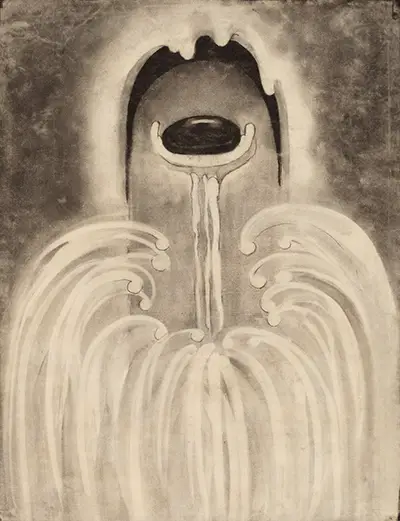
 Georgia O'Keeffe.jpg)